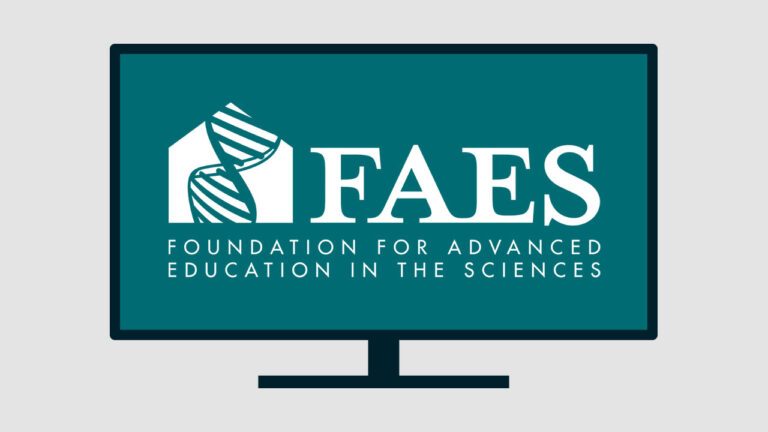Course participants will get a walk through of Genome-Wide Association Studies (GWAS) of Parkinson’s disease progression. This course also offers background information on the concept of haplotypes and explores copy number variation (CNV). The course concludes with a look at two GWAS studies.
Modules
This first module will walk you through Genome-Wide Association Studies (GWAS) of Parkinson’s disease progression in an easy manner. This module will allow you to learn some of the different statistical approaches that can be used to assess Parkinson’s progression in your GWAS, the clinical and genetic data that is needed for your analysis, and finally how to run your progression GWAS in Terra.
Interested in Haplotypes and Burden analysis? This module provides some background information about the concept of haplotypes, highlighting how they differ across populations, and the importance of them from the genetics perspective for imputation purposes. Learn how haplotypes can be associated with Parkinson’s disease risk, how to run haplotype analyses as well as burden analyses to study cumulative rare variation in Parkinson’s disease.
In the third module of this course, you will gain practical insight into copy number variation or CNV, and runs of homozygosity or ROH, analyses as well as their relevance in the context of Parkinson’s disease. In this module you will also learn the metrics that are used to identify regions with potential CNV or ROH in genetic datasets and some limitations of current methods for CNV and ROH analyses.
In this module you will learn how to conduct different post-GWAS analyses, how to visualize loci of interest with LocusZoom, conduct conditional analysis to identify independent GWAS signals, the principles of Bayesian fine mapping and colocalization as well as cross-ancestry fine mapping and cross-trait fine mapping. This module also provides the principles of functional annotation of GWAS variants and how this information can be leveraged to improve fine mapping.
Have you ever wondered how to conduct secondary analysis once you have performed your GWAS? Watch this video for a clear and straightforward explanation of heritability estimation, cross-trait genetic correlations and Mendelian Randomization. This module will allow you to explore two widely used methods to estimate heritability from the genetics perspective – the Genomic Restricted Maximum Likelihood or GREML method, and then linkage disequilibrium score regression or LDSC.



